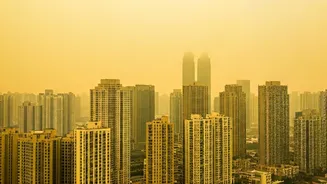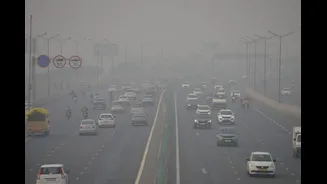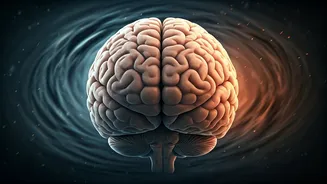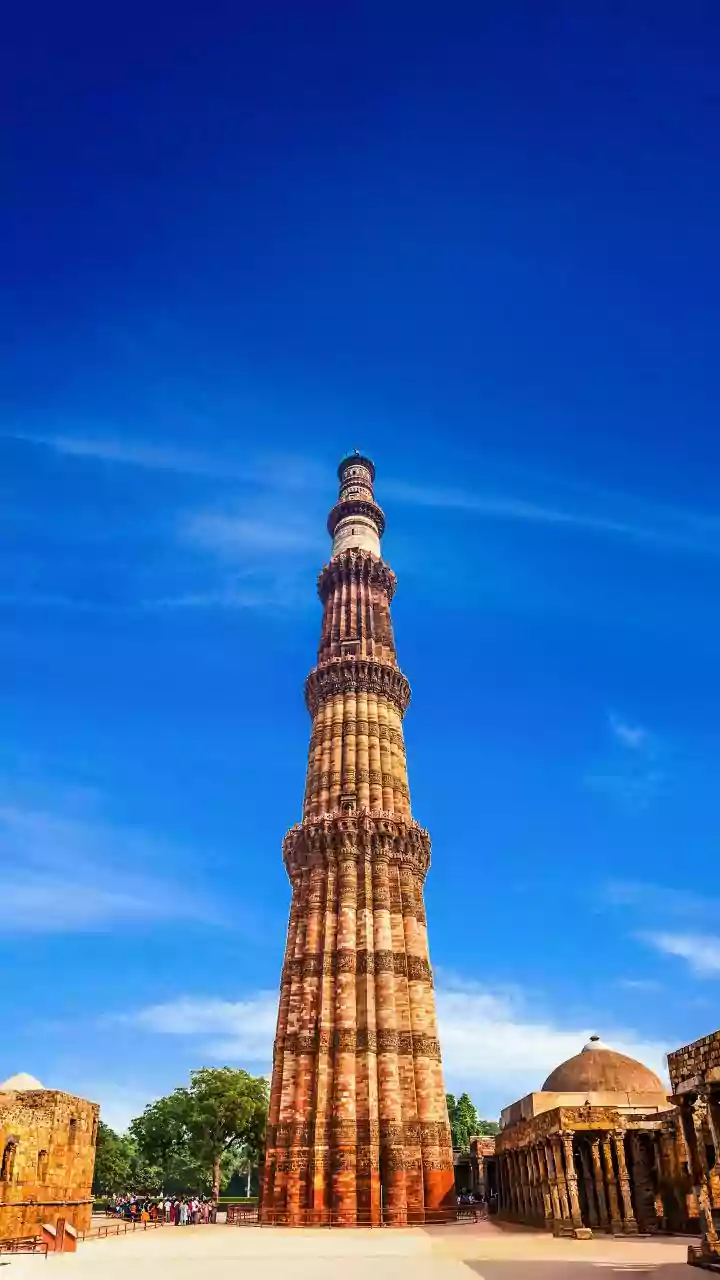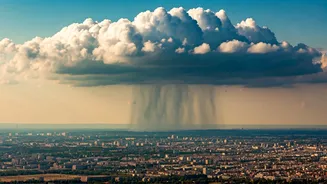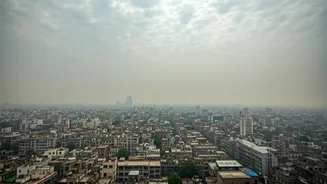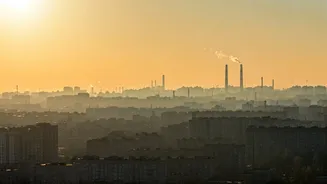Smog's Grim Reality
The air quality in Delhi and the NCR has recently deteriorated considerably, resulting in a thick blanket of smog that significantly reduces visibility
and poses health hazards. This situation, often occurring around the time of Diwali, is due to a confluence of factors. The combination of pollutants, including particulate matter (PM2.5 and PM10), ozone, and nitrogen oxides, creates the characteristic smog. The impact of this smog is widespread, affecting everything from daily commutes to long-term health, as it causes respiratory problems, cardiovascular diseases, and other ailments. Images shared showed the extent of the smog, emphasizing the need for immediate attention and preventive measures.
Sources of Pollution
Several major contributors worsen the air quality in Delhi and the NCR. Vehicle emissions from a large number of cars and trucks, combined with industrial activities, release a significant amount of pollutants. Stubble burning by farmers in neighboring states is a major seasonal problem, as smoke from the burned fields travels to Delhi. In addition to these, construction activities and dust from roads add to the particulate matter in the atmosphere. Diwali celebrations, with the burning of firecrackers, also contribute significantly to the short-term spike in pollution. Understanding the various sources helps in formulating strategies to reduce air pollution effectively.
Health Impacts
The impact of poor air quality on human health is a grave concern. The pollutants present in the air can cause severe respiratory issues such as asthma and bronchitis, making breathing difficult. Long-term exposure to polluted air is linked to cardiovascular diseases and other serious health problems. Children, the elderly, and individuals with existing health conditions are the most vulnerable. Public health advisories often recommend that people, particularly those susceptible, avoid outdoor activities during periods of high pollution levels. The visible signs of smog, coupled with these health risks, necessitate awareness and actions for safeguarding public health.
Government Initiatives
Governmental bodies have implemented various measures to combat air pollution. These initiatives include stricter emission norms for vehicles and the promotion of electric vehicles to curb emissions from transportation. They also include the enforcement of regulations to control industrial emissions and efforts to address stubble burning through subsidies and awareness programs. The authorities have also worked on projects to improve public transportation and improve the infrastructure to reduce traffic congestion, which consequently reduces emissions. Monitoring air quality levels and issuing alerts and advisories remain essential actions undertaken by the government to ensure public awareness.
Individual Actions
Individuals also play a vital role in improving air quality. Simple steps can collectively reduce pollution levels. Using public transport, carpooling, or cycling can reduce vehicle emissions. Avoiding the burning of waste, leaves, and firecrackers contributes to cleaner air. Staying informed about air quality index (AQI) levels and planning outdoor activities accordingly are helpful. People may consider using air purifiers in their homes to minimize exposure to pollutants. Personal responsibility, coupled with government efforts, can create a sustainable approach to managing air pollution.
